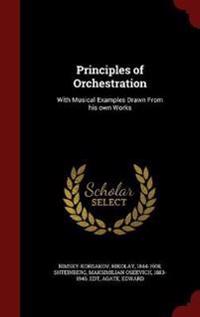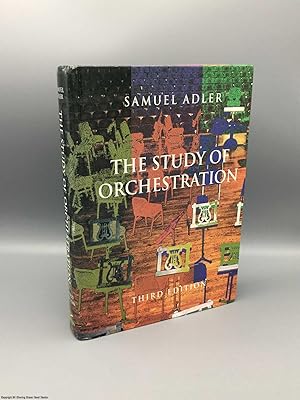


I went through the process in question, with NO INDICATION THAT YOU WOULD HAVE TO PAY FOR ACCESS! When the book came, it had a card in it with the web site URL, a password, and instructions for setting up your access - with NO INDICATION THAT YOU WOULD HAVE TO PAY FOR ACCESS! One reason I was willing to pay for this extremely expensive book was that the ad promised that "The Fourth Edition invites students to experience the instruments through online audio and video recordings and now offers more coverage of writing for band." note: NO INDICATION THAT YOU WOULD HAVE TO PAY FOR ACCESS! Seeing as how much the book emphasized the importance of that, an easy chart for seeing where the instruments really shine would have been great I was also surprised by the lack of appendix with tonal characteristics of each instrument's register.

It tends to start repeating itself quite a bit - once you've read one chapter on scoring for a section, you've basically read them all.

The entirety of this book could be summed in a very few short ideas, such as having an instrument play in its most pronounced register if you wish for it to stand out, have instruments you wish to be in the middle or background play in a less pronounced register, have parts sounding at the same time have different rhythms in order for them to be clearly separated, if you wish for an instrument to stand out in an upcoming wall of sound, have that instrument come in on some rests for the audience to become acquainted with its tonal signature, and moreīy no means are these bad ideas, or useless ideas, or whatever, but the amount of ideas in this book to not justify over 800 pages. Chapters I.Instrumentation 1.The orchestra – yesterday & today 2.Bowed string instruments 3.Individual bowed string instrument 4.Plucked string instruments 5.Scoring for strings 6.The woodwind choir – reed aerophones 7.Individual woodwinds 8.Scoring for woodwinds & woodwind string combinations 9.Introduction to brass instruments 10.Individual brass instruments 11.Scoring for brass & brass combined with strings & winds 12.The percussion ensemble 13.Keyboard instrument 14.Scoring for percussion with Keyboard alone or in combination II.Orchestration 15.Scoring for orchestra 16.The orchestral transcription 17.The orchestra as accompanist 18.The preparation of score & parts Appendix A Appendix B There are musical examples throughout the book. Learning orchestration is best achieve through familiarity with the orchestral literature, this familiarity is most effectively accomplished from the music notation in combination with the recorded sound. The second edition of this highly successful orchestration text follows the approach established in its innovative predecessor.


 0 kommentar(er)
0 kommentar(er)
